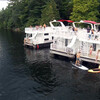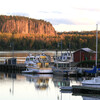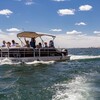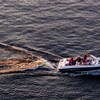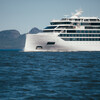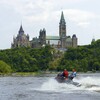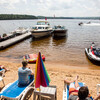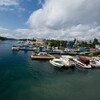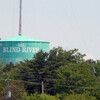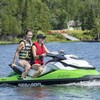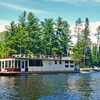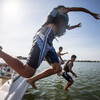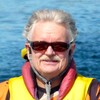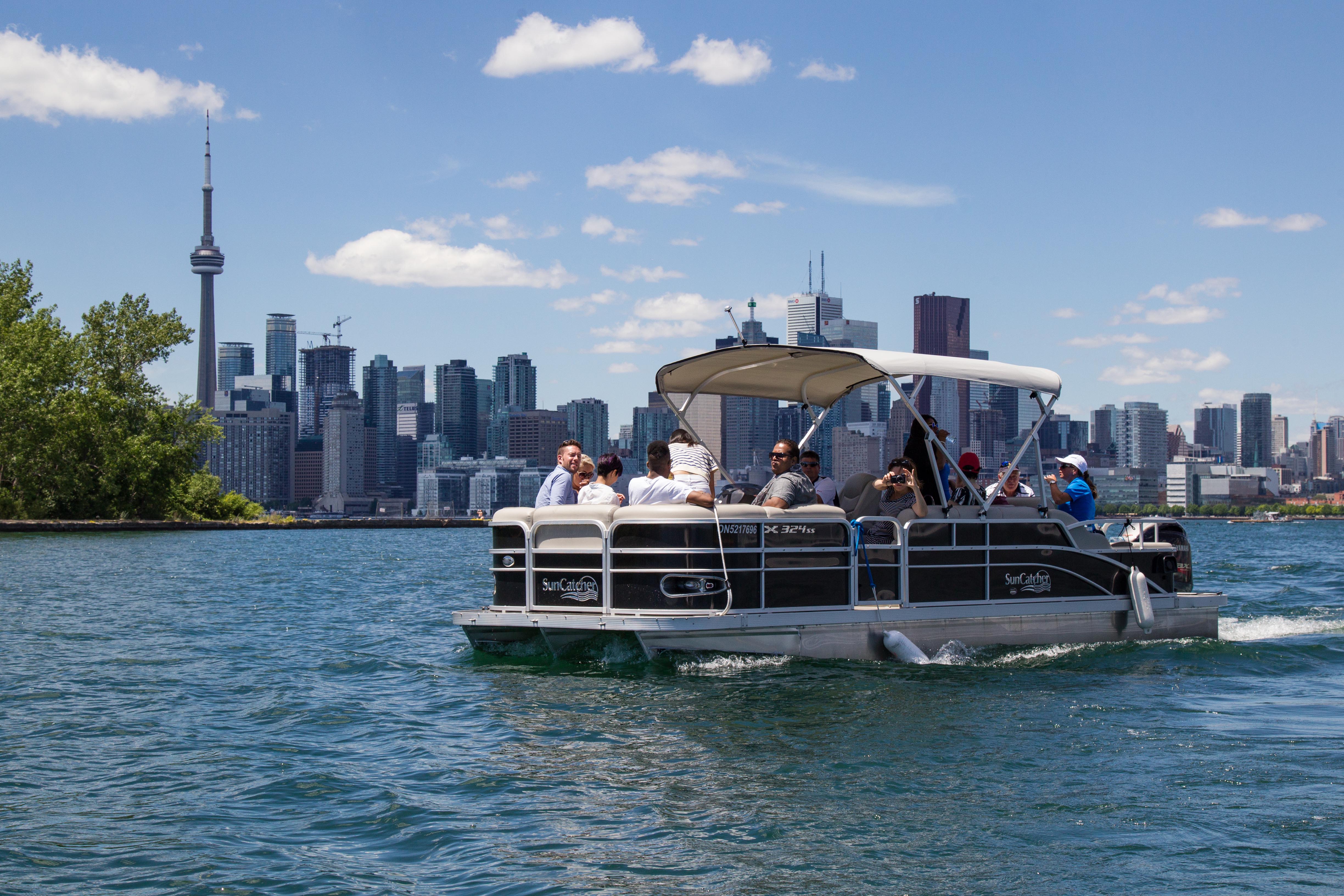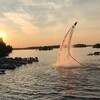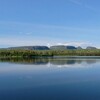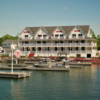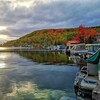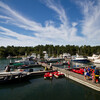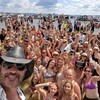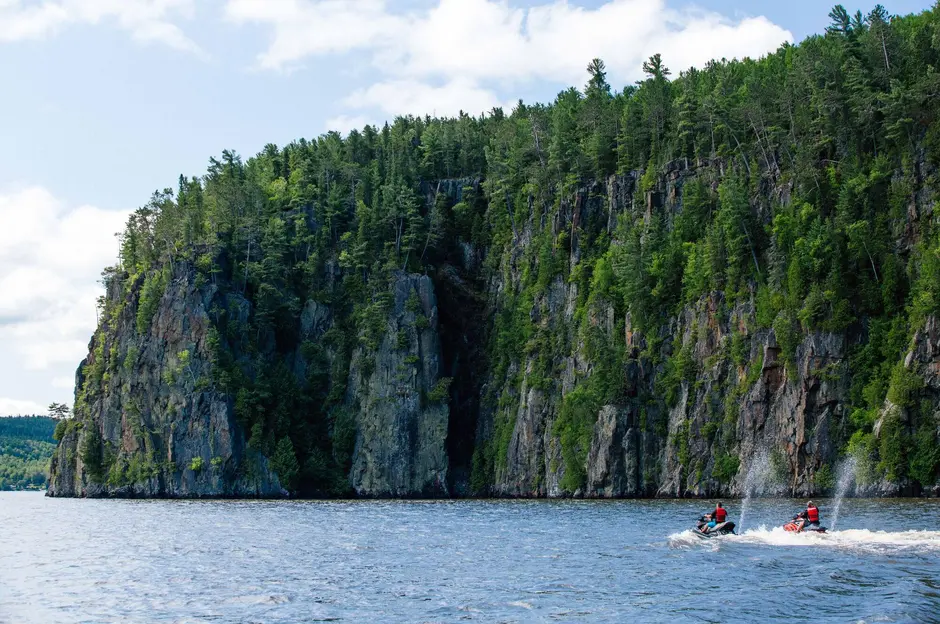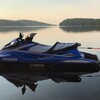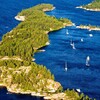
Why Ontario is a Boater's Paradise


It’s easy to say that Ontario is a boater’s paradise, but where’s the proof? What makes this Canadian province outstanding for popular marine activities such as power boating, sailing, fishing, paddling, or PWC riding?
Start with the numbers. With about 250,000 lakes and over 100,000 kilometres (62,000 miles) of rivers, Ontario has tonnes of water—about one-fifth of the world’s fresh water supply. So much so in fact, that its waterways have always played a major role in Ontario’s settlement and development patterns.
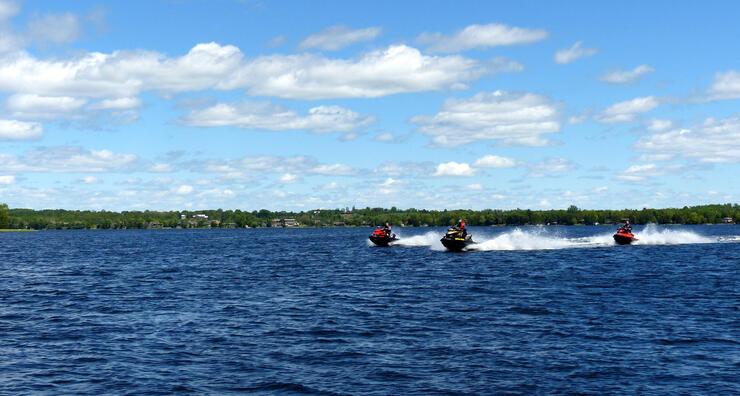
For anyone interested in waterborne recreation, this abundance means plenty of choices and considerable diversity. The plethora of lakes, varying in size from small and sheltered to big and wide open, provide many recreational options. Ontario’s largest water bodies include four of the five Great Lakes—Ontario, Erie, Huron and Superior—plus numerous sizable inland lakes, many of which are located in Northern Ontario, including Lake of the Woods, Lake Nipigon, Lake Nipissing, and Lake Abitibi.
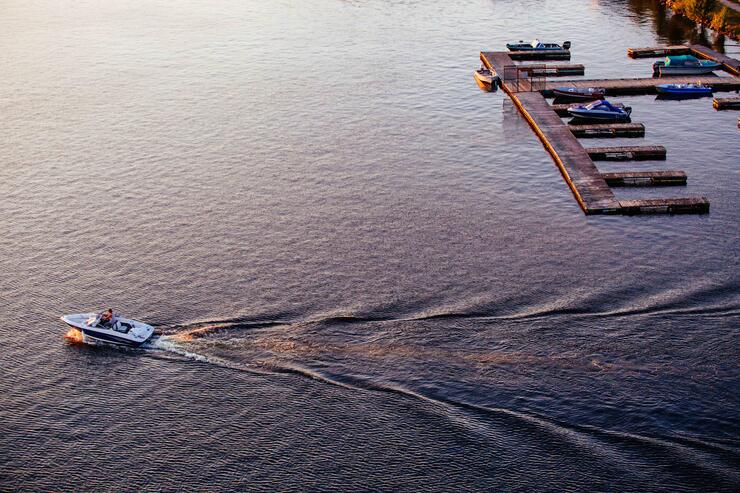
Now add in a profusion of rivers, from meandering streams to the mighty St. Lawrence or Ottawa, and the marine possibilities are almost endless. Being able to choose between lake cruising or river running, or a mix of the two, also means that on any given day, users such as power boaters and personal watercraft riders can select a route that’s less impacted by existing weather related issues such as high winds, water level, or strong currents.
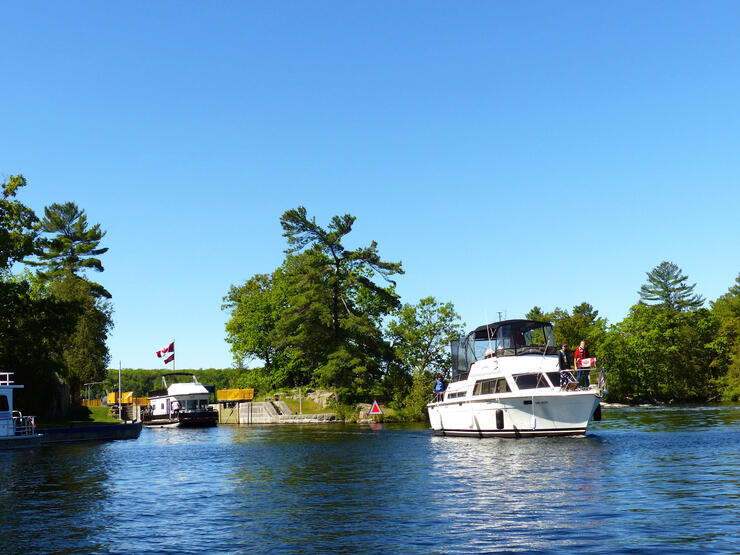
What’s more, many of Ontario’s waterways are interconnected or navigable for considerable distances. This seamless attribute contributes to longer rides, greater distances and more interesting tour potential. These advantages are manifested best on the two premier waterway systems that bisect Southern Ontario—the Trent Severn Waterway, running between Trenton at Lake Ontario and Port Severn at Georgian Bay, and the Rideau Canal, running between Kingston at the confluence of Lake Ontario and the St. Lawrence River to Ottawa on the Ottawa River. On both systems, a series of man-made locks and bypasses enables the transit of most recreational watercraft through various heights of the land and around unnavigable obstacles—and on a remarkable mix of lakes and rivers.
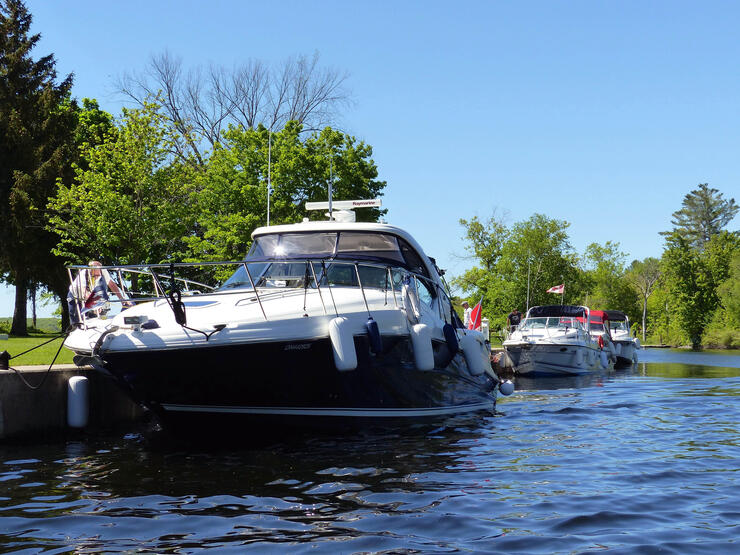
The abundance of lakes and rivers also means diverse marine opportunities on a unique palette of urban, rural, and wilderness waterways. So whether you’re interested in visiting bustling city ports or sleepy village marinas, seeing the sights or being one with Mother Nature, you can do it all by water in Ontario’s many tourism regions. Best of all, there are lots of places with minimal boat traffic and uncrowded moorings for those want to get away from it all, including many provincial parks with launches.
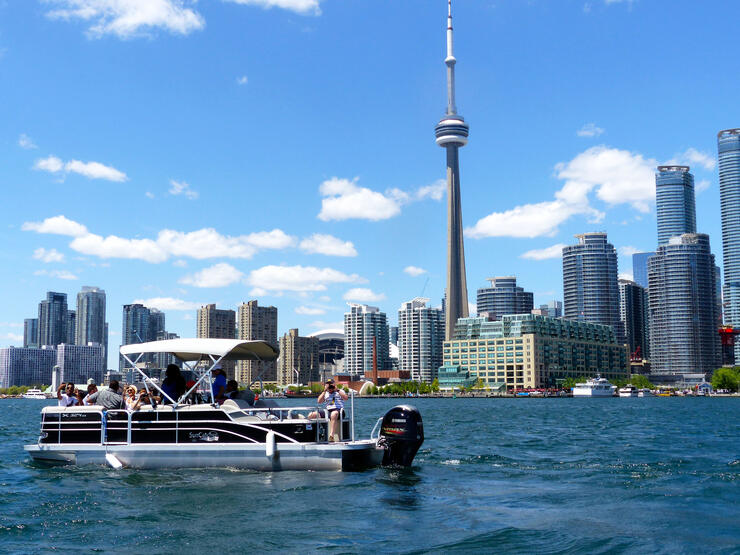
Next, recreational boating is well-serviced on the water. With so much of Ontario’s past and present economy being waterway-based, hundreds of the province’s towns and cities are located along its many shores, including the largest Golden Horseshoe population centres of Toronto and Hamilton. Together with popular cottaging and tourist areas like Muskoka, Haliburton, the Kawarthas, Rideau Lakes and the 1000 Islands, marinas, waterfront restaurants, and even lodgings abound. So do boat launches, both public and commercial, as well as houseboat, PWC rentals and cruise boat tours like those prevalent in the Kawarthas, Muskoka, the 1000 Islands, and Georgian Bay’s 30,000 Islands.
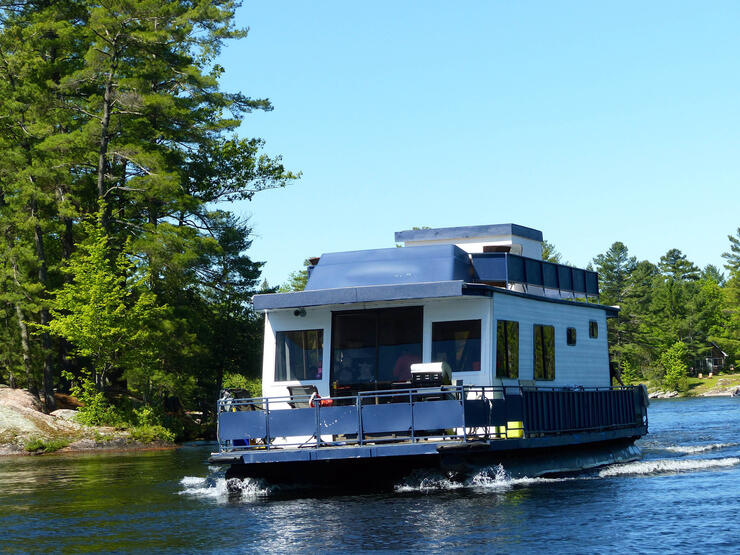
It’s an understatement to say that Ontario is one of the world’s best freshwater destinations. Compared to many other locations, Ontario water is not only fresh but also refreshingly clean. This makes boating here a more pleasurable and carefree experience, with attendant health, safety, and maintenance benefits.
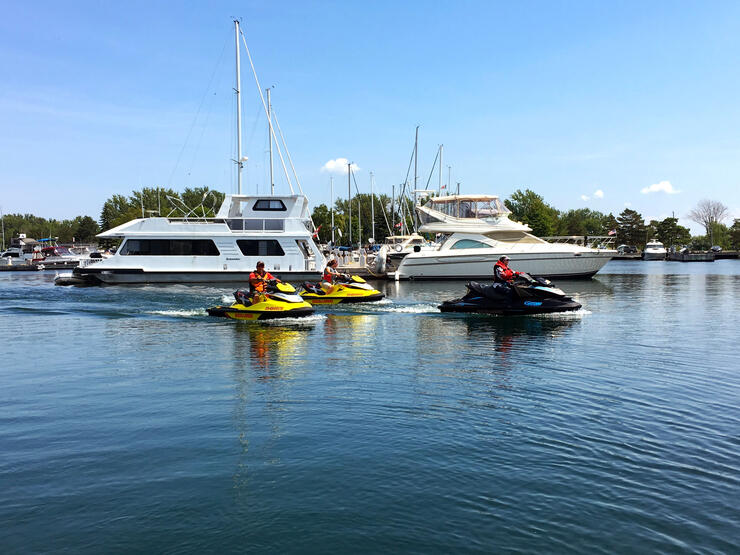
Finally, Ontario’s waterways are well-marked for easy navigation. The international buoyage system has been in place since 1983, including port hand buoys, starboard hand buoys, cardinal buoys, and special buoys. In addition, paper marine charts are available for most popular waterways, along with digitized versions on apps such as Navionics or Garmin Bluecharts. In a pinch, navigation assistance can also be found on route from local marinas, other boaters, cottagers, and the staff at locks and bypasses.
So there you have it. Proof positive that this province is an incomparable boating destination. So the next time you climb aboard your boat, hop on your jet ski, or simply have the urge to get out on the water, look no further than Ontario.
Recommended Articles
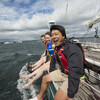
6 Ways to Explore the Great Lakes by Boat or Cruise
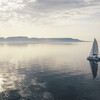
Discover Northern Ontario's Top Boat Tours
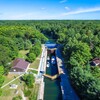
A Guide to Boating the Trent Severn Waterway in Ontario 2025
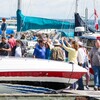
Boating Events in Ontario: A Complete Guide to Summer 2025
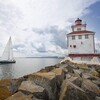
19 Charming Lighthouses to Visit in Northern Ontario
I Boated the Trent Severn Waterway and Here's What It Was Like
I Sailed the New Viking Octantis and Here's What It Was Like

Canadian Canoe Museum
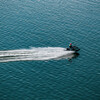
14 PWC Itineraries and Tips for Riding in Ontario

A Thousand Adventures: Boating the 1000 Islands in Ontario
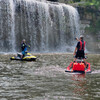
Road Tripping with your PWC
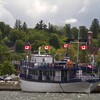
Boat Tours and Cruises in Ontario
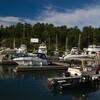
A Guide to Ontario's Marinas

5 Baller Boating Destinations in Ontario
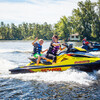
Amazing PWC Getaway
